We reach more than 65,000 registered users in Dec!! Register Now

Clever way to study bird brains
- March 10, 2025
- 3 Views
- 0 Likes
- 0 Comment
It’s difficult to know what birds ‘think’ when they fly, but scientists in Australia and Canada are getting some remarkable new insights by looking inside birds’ heads.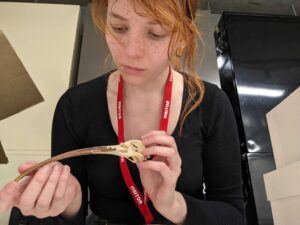
Published in Biology Letters, the study led by the ‘Bones and Diversity Lab’ at Flinders and the Iwaniuk Lab at the University of Lethbridge in Alberta has found that dry museum skulls of long-dead birds can provide surprisingly detailed information on a species’ brain, including the size of the birds’ main computation centres for smartness and nimbleness.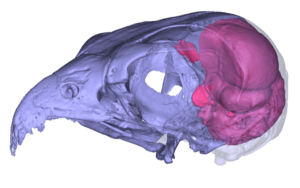
“This showed that the two correspond so closely that there is no need for the actual brain to estimate a bird’s brain proportions,” says the lead author, Flinders University PhD candidate Aubrey Keirnan.
“While ‘bird brain’ is often used as an insult, the brains of birds are so large that they are practically a braincase with a beak. We decided to test if this also means that the brain’s imprint on the skull reflects the proportions of two crucial parts of the actual brain.”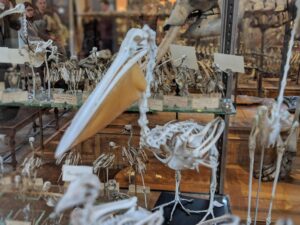
This allowed them to determine if the volume of two crucial brain parts, the forebrain and the cerebellum, corresponds with the surface areas of the endocasts.
The extremely tight match between the ‘real’ and the ‘digital’ brain volumes surprised the researchers.
“We used computed microtomography to scan the bird skulls. This allows us to digitally fill the brain cavity to get the brain’s imprint, also called an ‘endocast’,” says senior co-author Associate Professor Vera Weisbecker, from Flinders University’s College of Science and Engineering.
“The correlations are nearly 1:1, which we did not expect. But this is excellent news because it allows us to gather insight into the neuroanatomy of elusive, rare and even extinct species without ever even seeing their brains.”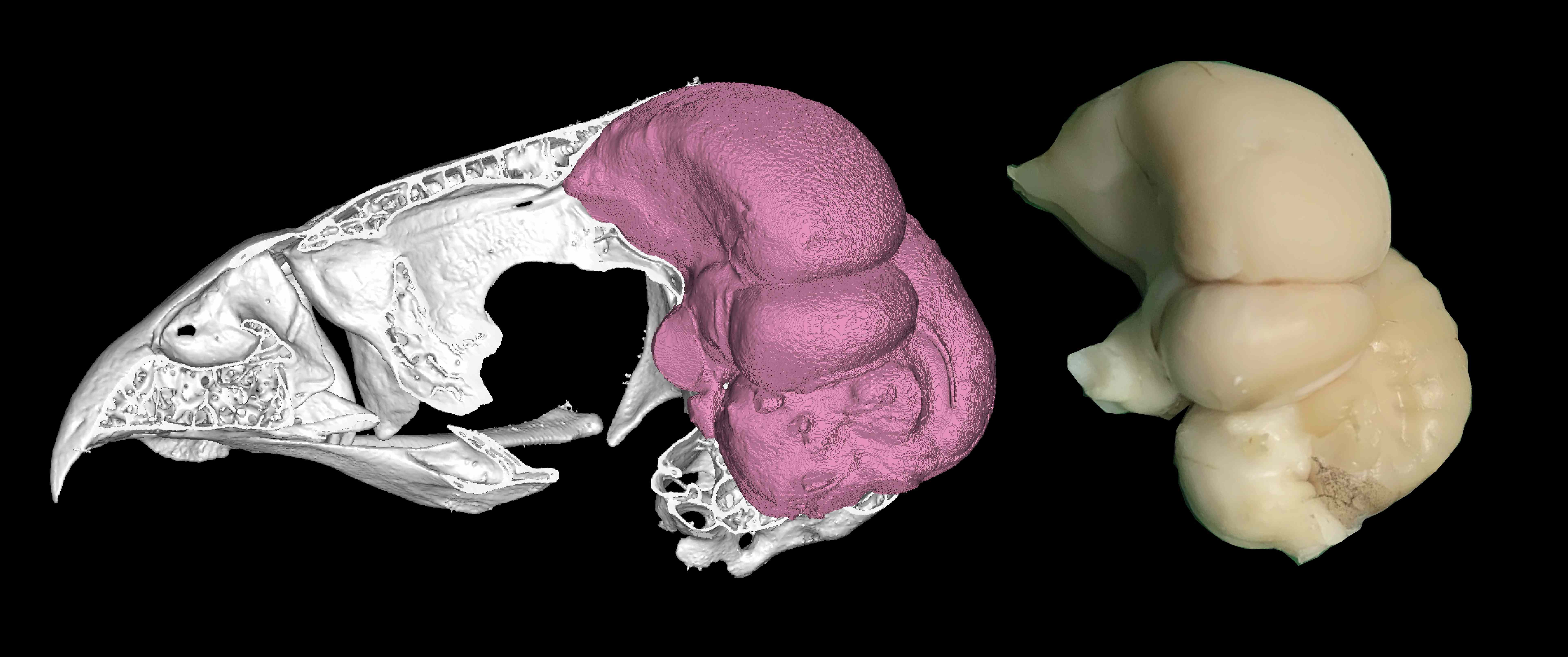
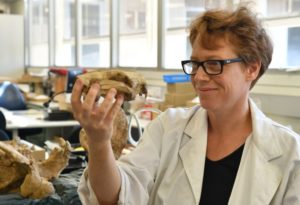
“The great thing about digital endocasts is that they are non-destructive. In the old days, people needed to pour liquid latex into a brain case, wait for it to set, and then break the skull to get the endocast.
“Using non-destructive scanning not only allows us to create endocasts from the rarest of birds, it also produces digital files of the skulls and endocasts that can be shared with scientists and the public.”
With an extensive background in bird brain research, University of Lethbridge Professor Andrew Iwaniuk, who co-led this study with Associate Professor Weisbecker, says he did not expect such a clear correlation between brain tissue and endocasts.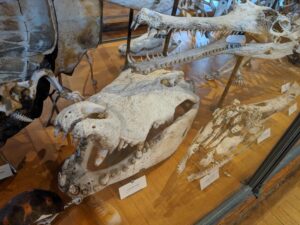
“Given that the degree of obscurity can vary between species, I did not expect a strong correlation between endocast surface area and brain volume across all species.”
Professor Iwaniuk adds that the study provides support for existing research by other scientists – including for critically endangered modern birds or perhaps even species gone extinct.
However, the team says that it remains to be seen how well the data can be applied to dinosaurs, which are the birds’ closest extinct relatives.
“For example, crocodiles are the closest living relatives of birds, but their brains look nothing like that of a bird – and their brains do not fill the braincase enough to be as informative,” adds Ms Keirnan.
The article, Avian telencephalon and cerebellum volumes can be accurately estimated from digital brain endocasts (2025) by Aubrey R Keirnan, Felipe Cunha, Sara Citron, Gavin Prideaux, Andrew N Iwaniuk and Vera Weisbecker will be published in Biology Letters (a Royal Society journal) DOI: 10.1098/rsbl.2024.0596
List of Referenes
- Aubrey R. Keirnan, Felipe Cunha, Sara Citron, Gavin Prideaux, Andrew N. Iwaniuk, Vera Weisbecker. Avian telencephalon and cerebellum volumes can be accurately estimated from digital brain endocasts. Biology Letters, 2025; 21 (1) DOI: 10.1098/rsbl.2024.0596
Cite This Article as
No tags found for this post









